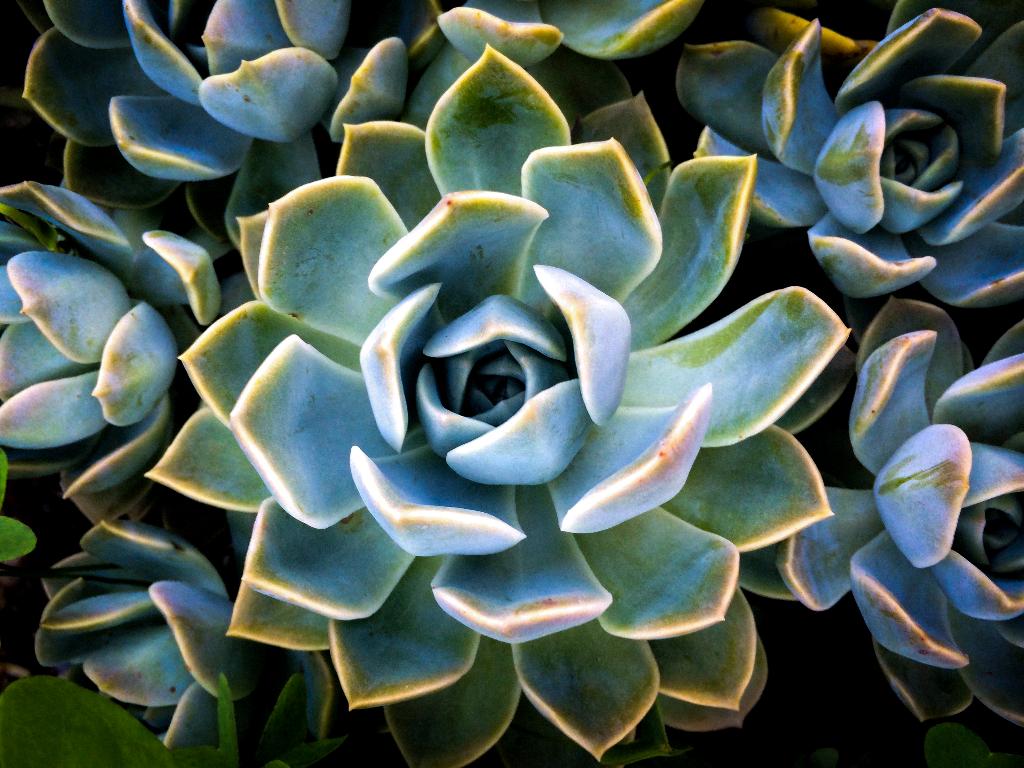Replanting succulents is a simple and rewarding process that can help your plants thrive and continue to beautify your space. Whether you are moving them to a new container or refreshing their soil, here are some essential steps to follow for successful replanting.
1. Choose the Right Container
When replanting succulents, it is crucial to select a container with proper drainage holes to prevent waterlogging. Opt for a pot slightly larger than the current one to allow room for growth.
2. Prepare the Soil Mix
Use a well-draining soil mix specifically formulated for succulents or create your own by combining potting soil with perlite or sand. Ensure the soil is dry before starting the replanting process.
3. Remove the Succulent Gently
To avoid damaging the roots, gently squeeze the sides of the current pot to loosen the soil. Carefully remove the plant while supporting its base and roots.
4. Inspect the Roots
Once the plant is out of the pot, inspect the roots for any signs of damage or rot. Trim off any unhealthy roots with clean and sharp scissors to encourage new growth.
5. Plant at the Same Depth
When placing the succulent in the new container, plant it at the same depth it was originally growing. Fill the remaining space with soil mix, tamping it gently around the plant for support.
6. Add a Decorative Top Dressing
Enhance the appearance of your succulent arrangement by adding a decorative top dressing such as gravel, pebbles, or decorative stones. This not only provides a finishing touch but also helps retain moisture.
7. Allow the Plant to Settle
After replanting, give your succulent some time to adjust to its new environment. Allow the plant to settle in for a day or two before watering to prevent stress on the roots.
8. Avoid Overwatering
Succulents are adapted to arid conditions, so it is essential to avoid overwatering. Wait until the soil is completely dry before watering again to prevent root rot.
9. Provide Adequate Sunlight
Place your newly replanted succulent in a location where it can receive bright, indirect sunlight. Avoid placing them in direct sunlight for extended periods to prevent sunburn.
10. Monitor Growth and Health
Keep an eye on your succulent’s growth and overall health after replanting. Look out for any signs of stress, pests, or disease, and address any issues promptly.
11. Fertilize Sparingly
While succulents do not require frequent fertilization, you can provide a diluted succulent fertilizer during the growing season to support healthy growth. Fertilize sparingly to avoid nutrient buildup.

12. Enjoy Your Thriving Succulent
With proper care and attention, your replanted succulent will continue to thrive and bring joy to your living space. Sit back, relax, and enjoy the beauty of your flourishing plant!
